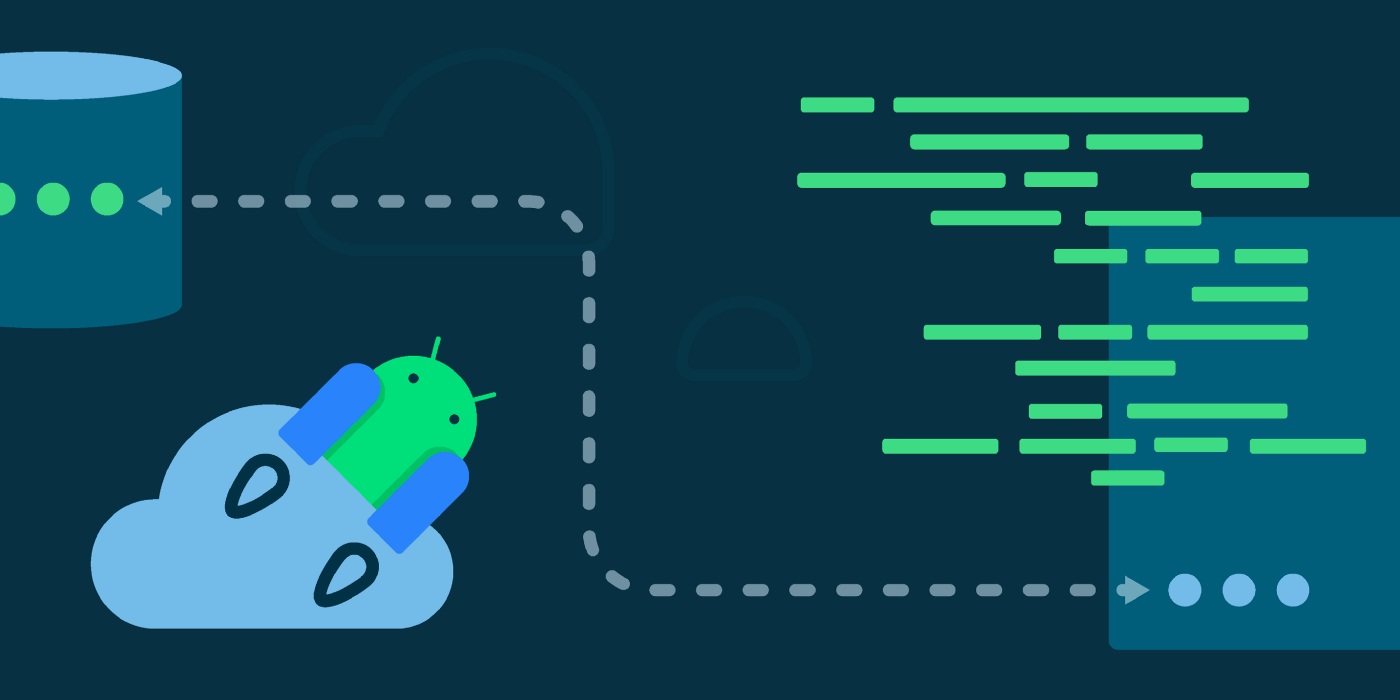Android Developers Blog: Jetpack DataStore

Posted by Simona Stojanovic, Android Developer Relations Engineer

Now that our MAD Abilities sequence on Jetpack DataStore is full, let’s do a fast wrap up of all of the issues we’ve coated in every episode:
Episode 1 — Introduction to Jetpack DataStore
We began with the fundamentals of Jetpack DataStore — the way it works and the modifications and enhancements it brings in comparison with SharedPreferences. We additionally mentioned find out how to determine between its two implementations, Preferences and Proto DataStore, in addition to how to decide on between DataStore and Room.
Take a look at the weblog publish and the video:
Episode 2 — All about Preferences DataStore
Go deeper into Preferences DataStore: find out how to create it, learn, and write knowledge and find out how to deal with exceptions, all of which ought to, hopefully, offer you sufficient info to determine if it’s the correct alternative on your app.
Right here’s the weblog publish and the video:
Episode 3 — All about Proto DataStore
Study Proto DataStore: find out how to create it, learn, and write knowledge and find out how to deal with exceptions, to higher perceive the eventualities that make Proto an amazing alternative.
If you happen to choose studying, right here’s the weblog publish, in any other case, right here’s the video:
Episode 4 — DataStore-serialization, sync work, and dependency injection
Episode 4 introduces a number of completely different ideas associated to DataStore to grasp the way it works beneath the hood, so that you’ve every part at your disposal to make use of it in a manufacturing setting. We concentrate on: Kotlin Knowledge class serialization, synchronous work, and dependency injection with Hilt.
Check out our blogs and video:
DataStore and dependency injection
DataStore and Kotlin serialization
DataStore and synchronous work
Episode 5 — DataStore-handling knowledge migration and testing
Lastly, within the fifth episode of our Jetpack DataStore sequence, we cowl two further ideas round DataStore: DataStore-to-DataStore migrations and testing. Hopefully, this may present you all the data you might want to add DataStore to your app efficiently.
Take a look at the blogs and the video:
DataStore and knowledge migration

Take a comment